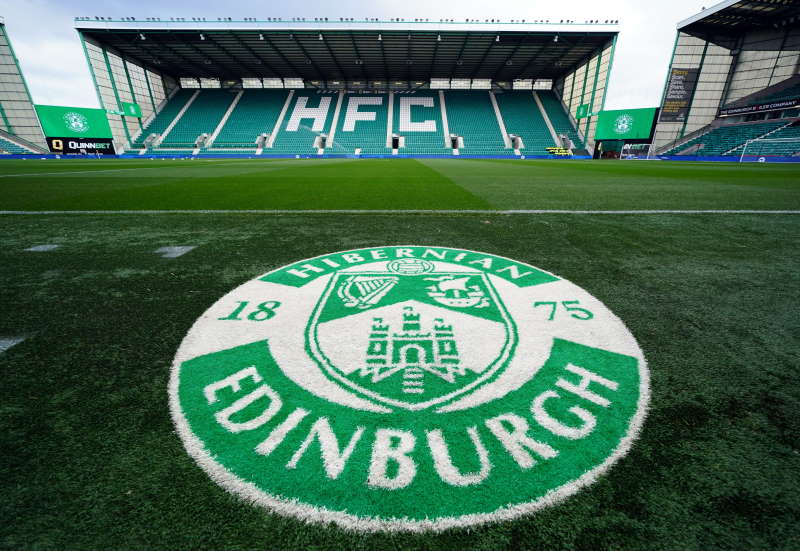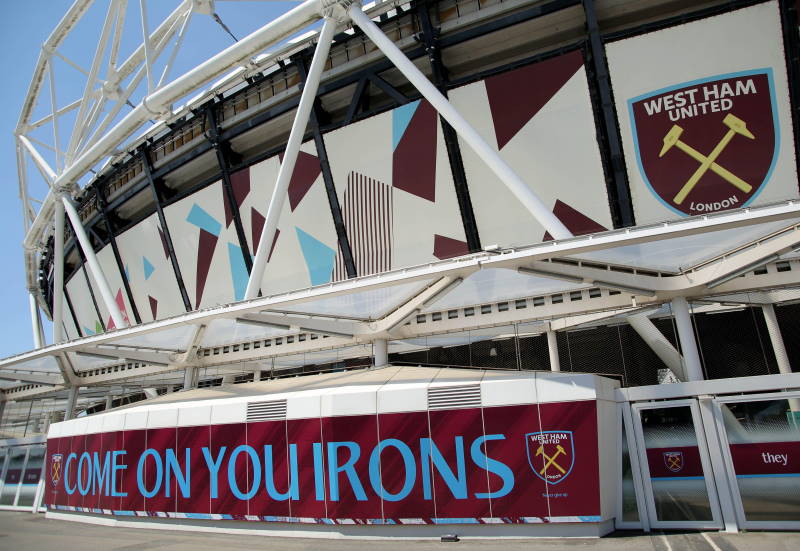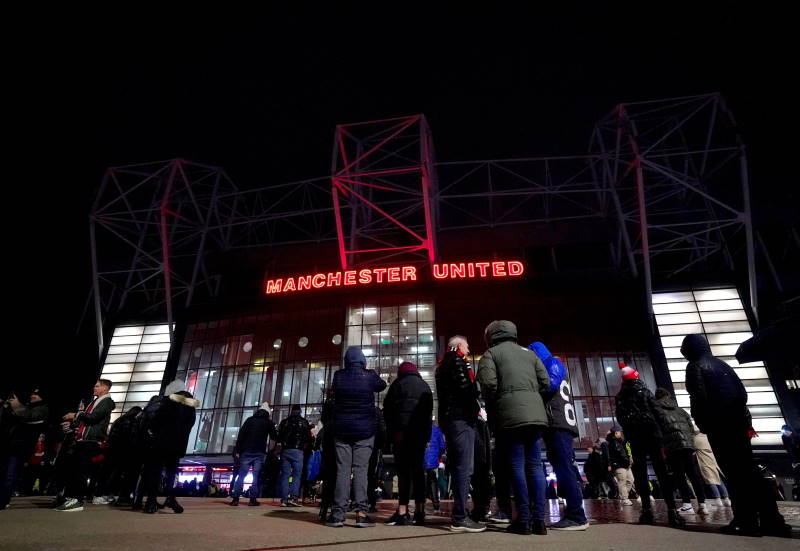
Racing Club Strasbourg went out of business at the start of July as a latch ditch takeover bid failed, with the club’s crippling €8M debt dragging them into liquidation. It was the end of one road for a proud French club, a side amongst the most successful teams in the country’s history. Now a new chapter has begun, with Strasbourg being accepted in the fifth tier of the French footballing pyramid. Their glorious history however, no matter which way events off the pitch turn, can never be erased.
One of the most fascinating parts of the tale of Le Racing was the period before and between the two world wars of the 20th century, when the club switched between Germany and France.
Strasbourg began life as a German side, formed by a group of youngsters from the Neudorf neighbourhood of the town, when it was part of the German Empire under Kaiser Wilhelm II. Known as FC Neudorf, they joined the southern German league in 1909 and won the title just three years later, winning promotion to what was known as Division B.
At the outbreak of war in 1914, the club rented the Haemmerle garden for 300 marks a year and this would later become the site of the team’s Stade de la Meinau.
Following the war, the team was renamed Racing Club Strasbourg, with the ‘Racing’ coming from the fashionable tendency to use English words in the French language. More significantly though, the defeated Germans lost the Alsace territory to France in the post-war Versailles treaty, and as a result Racing were able to join the French league. They competed in the Alsace championship and within five years won their first title, taking two more by the time of the Wall Street Crash in 1929 which rocked the United States and Europe.
In June 1933, half a year after Adolf Hitler’s Nazi Party, who would bring destruction to France by the end of the decade, had come to power in Germany, Strasbourg made the jump to professionalism at a general meeting held in a restaurant at the Bourse. Just a few months later the side won promotion to the top flight of French football after playoff victories against Mulhouse and Saint-Etienne.
After finishing second in the first division in the 1934/35 season, Strasbourg followed this up with a series of finishes in the top six of the league up until the outbreak of the Second World War in 1939. It was at this point where the club’s hard work was undone, with Germany invading France and the pro-Nazi Vichy regime ruling the south of the country.
People in Strasbourg, situated so close to the German border, were evacuated, and many of the exiles found themselves in the Dordogne where a group of youngsters kept the club going under the name Le Racing de Perigueux, winning the local championship in 1940. When the armistice between Germany and France was signed on 22nd June, and Alsace annexed by Germany, Strasbourg were renamed once more, now as Rasensportclub Strassburg, and took up residence in the amateur German top flight.
But those who were members of the old Perigueux refused to be passive as their town and team were taken and transferred in German hands. Pierre Heintz, the club’s junior team captain when playing a German side in the heart of Nazi Germany, presented the opposing captain with a Gugelhupf, a German cake. In return, he was given a bust of Hitler. When they played the same opposition the next day, Heintz bravely returned the bust. The youngster was buried later that evening. Another former player, Gerard Schaaft, was caught fighting for the Russians when Germany was struggling to make a breakthrough on the eastern front in 1943, and killed, along with a number of other former members of Perigueux.
Despite this resistance, Rasensportclub Strassburg were forced to compete in the German leagues, and did well, taking second place in their first two seasons and competing in the German Cup in 1942. But their resistance continued.
Later that year, the club’s players were conscripted into the German army, leading to many asking team-mates to forcibly injure them, often through breaking their legs, so that they could avoid duty. During a match against local Nazi side SS Strassburg, the club’s players wore blue shirts, white shorts and red socks as a gesture of defiant patriotism and resistance to German rule.
In 1943, Oscar Heisserer, who would later become the club’s manager after the war finished and the scorer of 89 goals for Strasbourg, fled to Switzerland, and would return as part of the liberation of Alsace from Nazi rule. It was fitting that he would go on to become the club’s captain, as well as the first Alsation to skipper the national side.
Strasbourg resumed life as Racing Club de Strasbourg in the French top flight after liberation, in 1951 lifting the French Cup for the first time to mark the end of a tumultuous, but eventful period in the club’s history.












